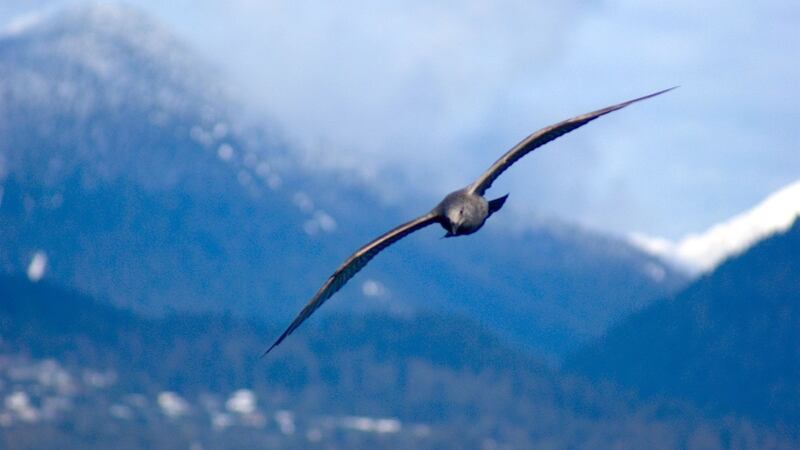Lessons in soaring learned from the seagull could lead to more efficient aircraft, research has shown.
Scientists have discovered that gulls “morph” their wings into a wide range of different shapes to make them more stable in flight.
When soaring, the wings are fully extended and have a rounded shape.
During take-off or landing, they are more tucked in with a flatter profile.
The Canadian researchers used a wind tunnel to measure the lift and drag generated by 12 different gull wing shapes.
Lead scientist Professor Philippe Lavoie, from the University of British Columbia, said: “If you can change the shape of the wings, you can create more stable configurations with lower drag when you want more endurance.
“Gulls can use updrafts to increase altitude so they don’t have to flap their wings as much to conserve energy. But if they need to make quick manoeuvres, like diving to catch fish, they can change the shape of the wing for that particular purpose.”
The findings, published in the journal Royal Society Interface, could help in the design of aircraft and drones, he said.
He envisioned fixed-wing drones that could coast on thermal updrafts as they scan pipelines for defects, look for signs of drought or crop disease on farms, or track forest fires.
“The benefit of morphing is that you don’t need bulky control surfaces during flight and it makes it easier to take advantage of energy harvesting through soaring,” Prof Lavoie added.
“The idea of bio-inspired research is to try and understand how nature does it, given that it had millions of years to adapt to certain conditions.
“Once we do that, we can see if there are elements that we can pluck out for our own designs.”








